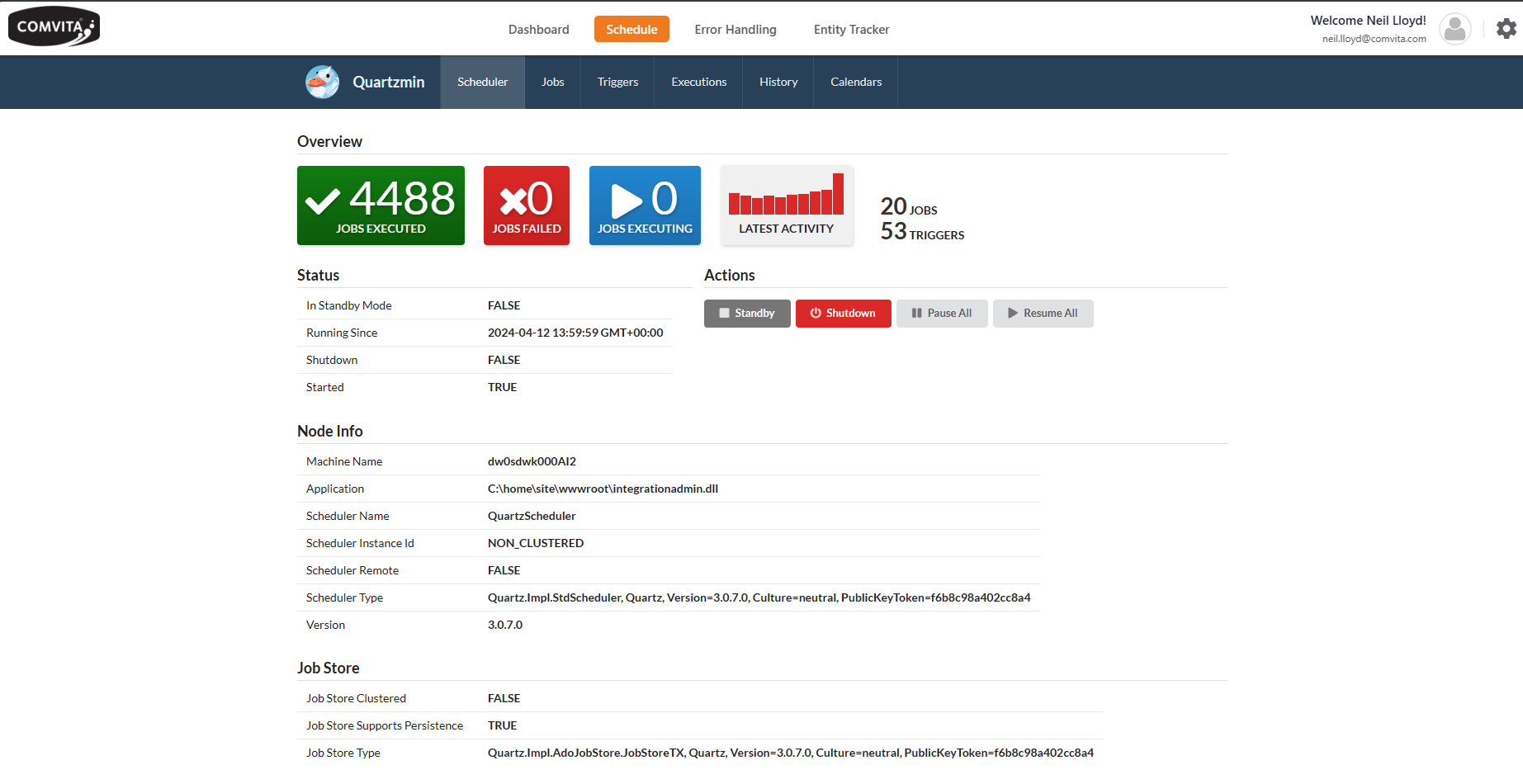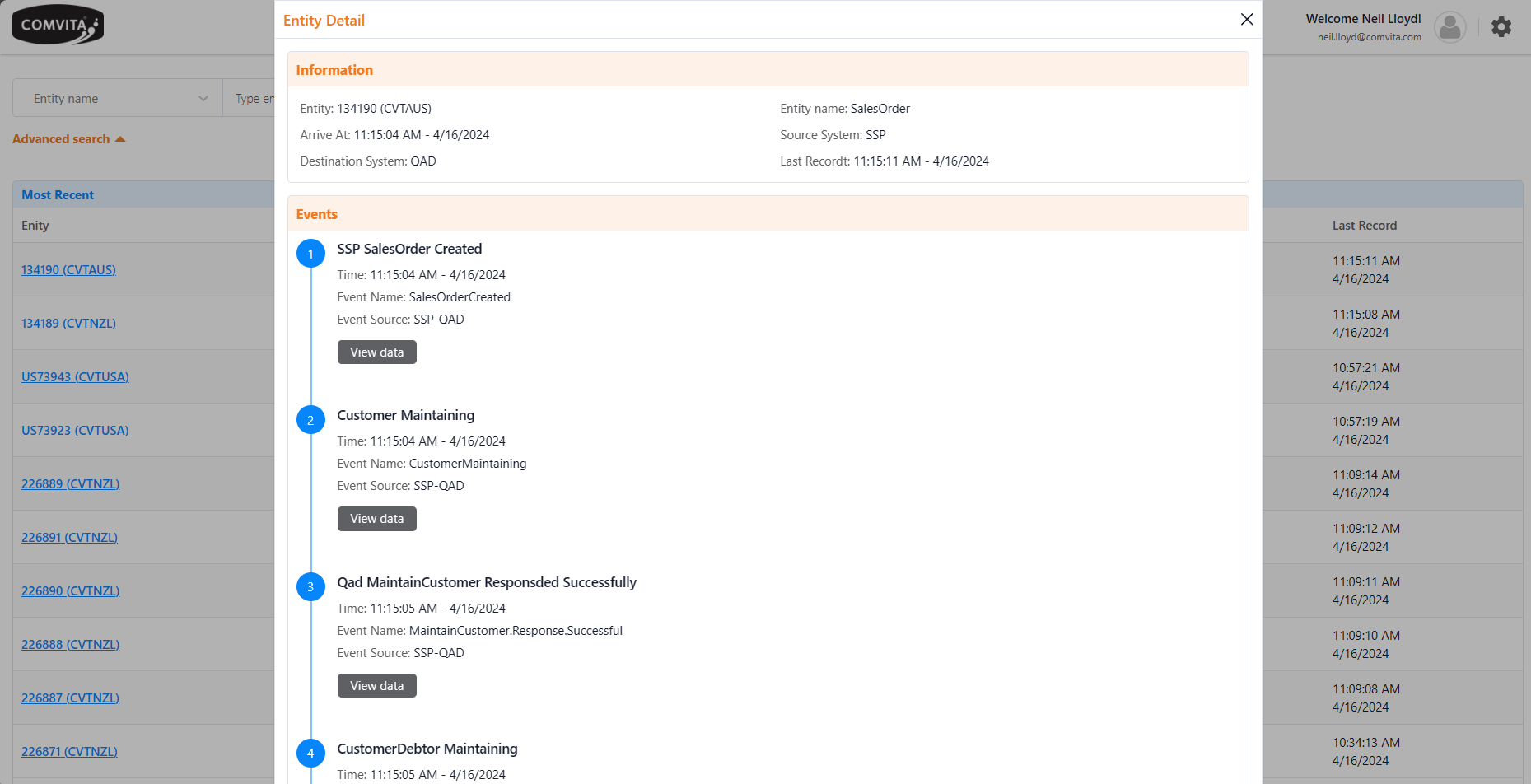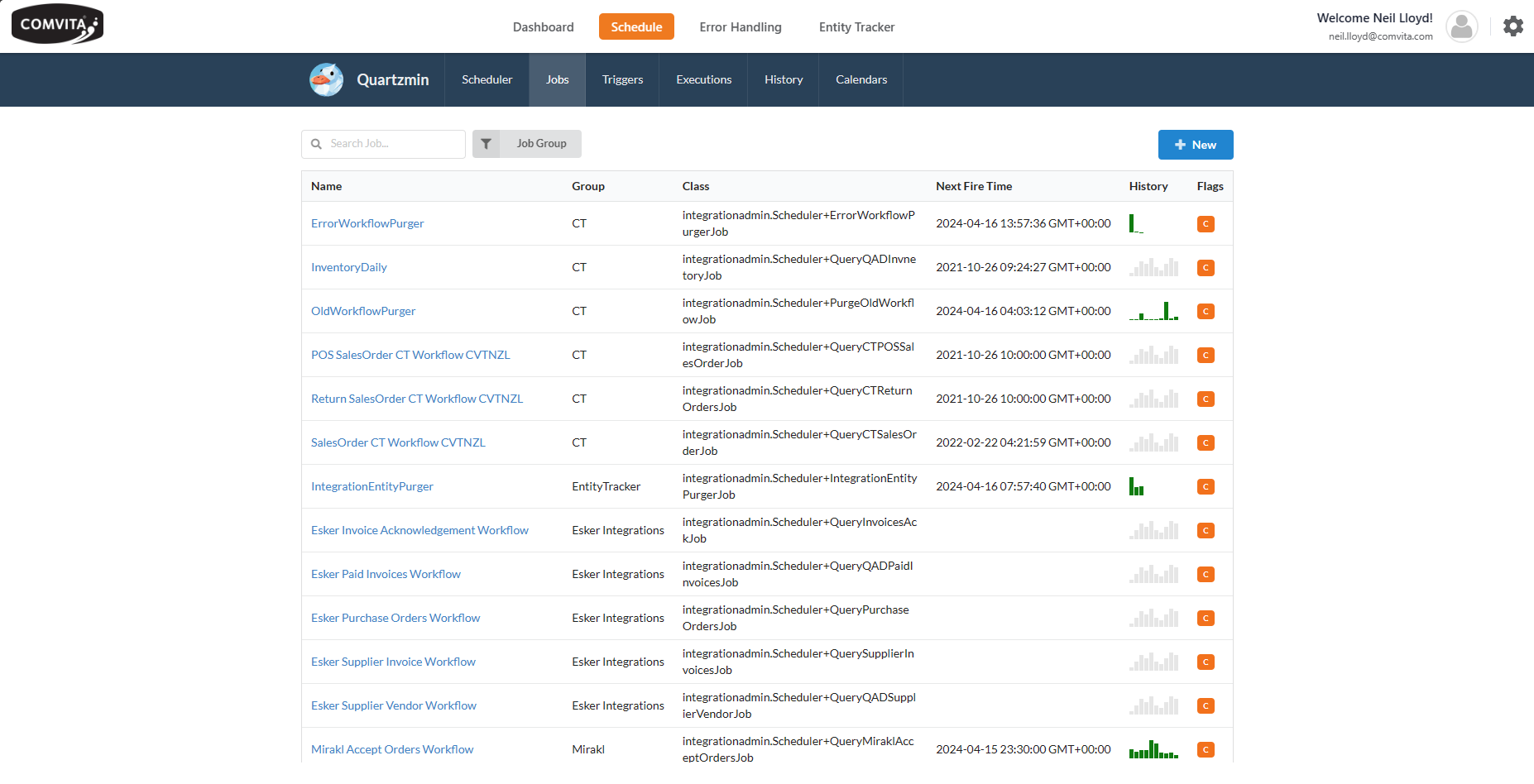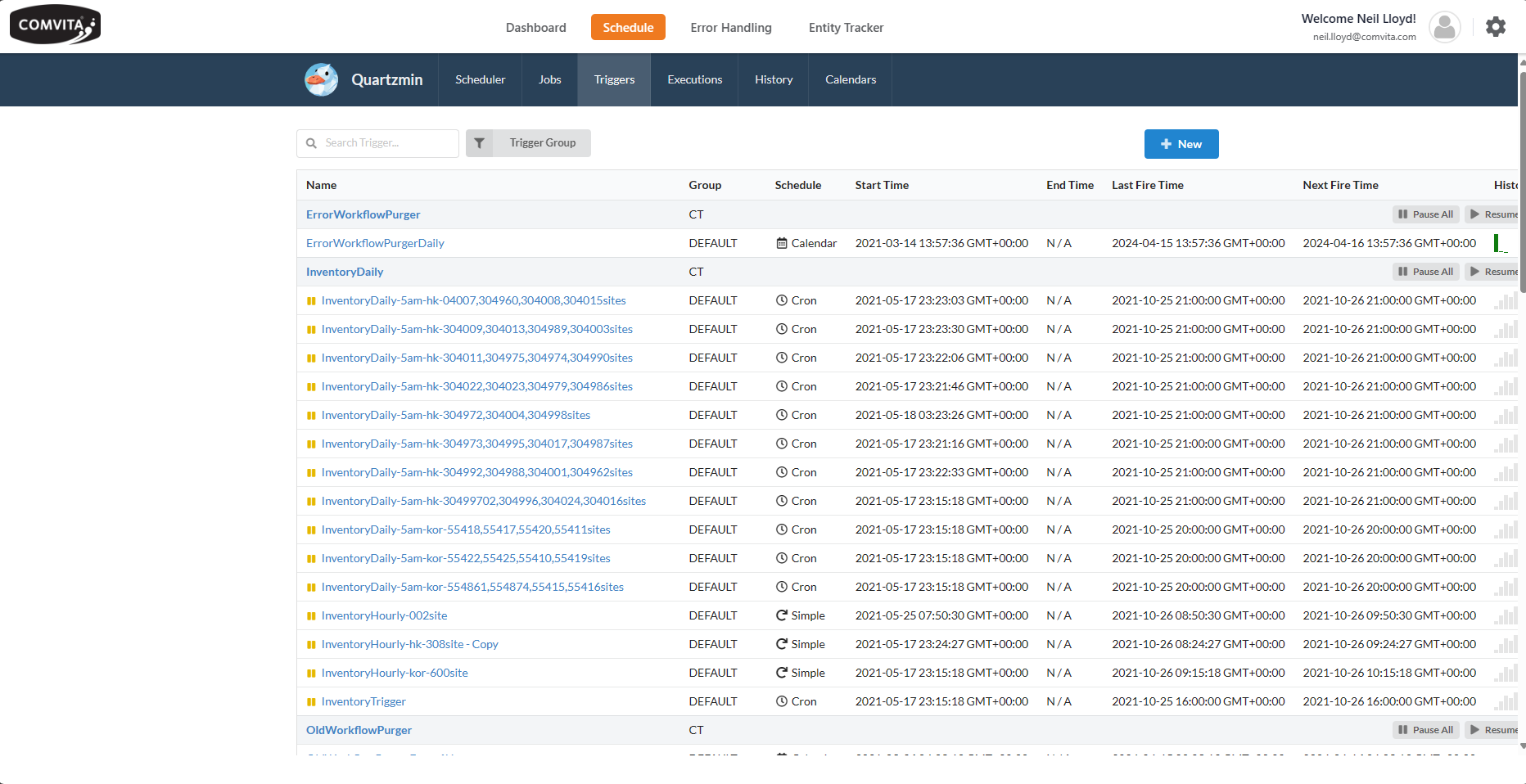
Establishing an Enterprise Integration
Practice and Platform
Enterprise Integration Strategy
Team Establishment
Architecture
Platform Build
Cloud Migration
LOB Integrations
Integration Support
A LONG TERM PARTNERSHIP
DWS have been the Comvita Integration Partner for 7 years. We defined their strategy, built a team, defined the architecture, completed all of the integrations and provide support.
Strategy
For Comvita, we devised a future-focused integration strategy centered around robust and modern architectural principles to enhance their system's scalability, reliability, and security. This strategy is built on an "Event-Driven" and "API First" design, promoting system decoupling and efficient, parallel development processes. The architecture leverages domain-centric design to align closely with business needs rather than just technical requirements, supporting microservices for scalability and eventual consistency.
Key features of this strategy include decentralized operations where each integration component can be updated and deployed independently, ensuring system robustness through fail-safe mechanisms like service fabric clusters and chaos testing. Security is a cornerstone, with a single secure entry point and modern authentication methods like OAuth and OpenID.
The approach also emphasizes extensive observability through unified logging of system health and activities, automation in CI/CD processes, and thorough documentation to support maintenance and future enhancements. This strategic framework not only addresses current needs but also equips Comvita with a resilient and adaptable integration system for future challenges.
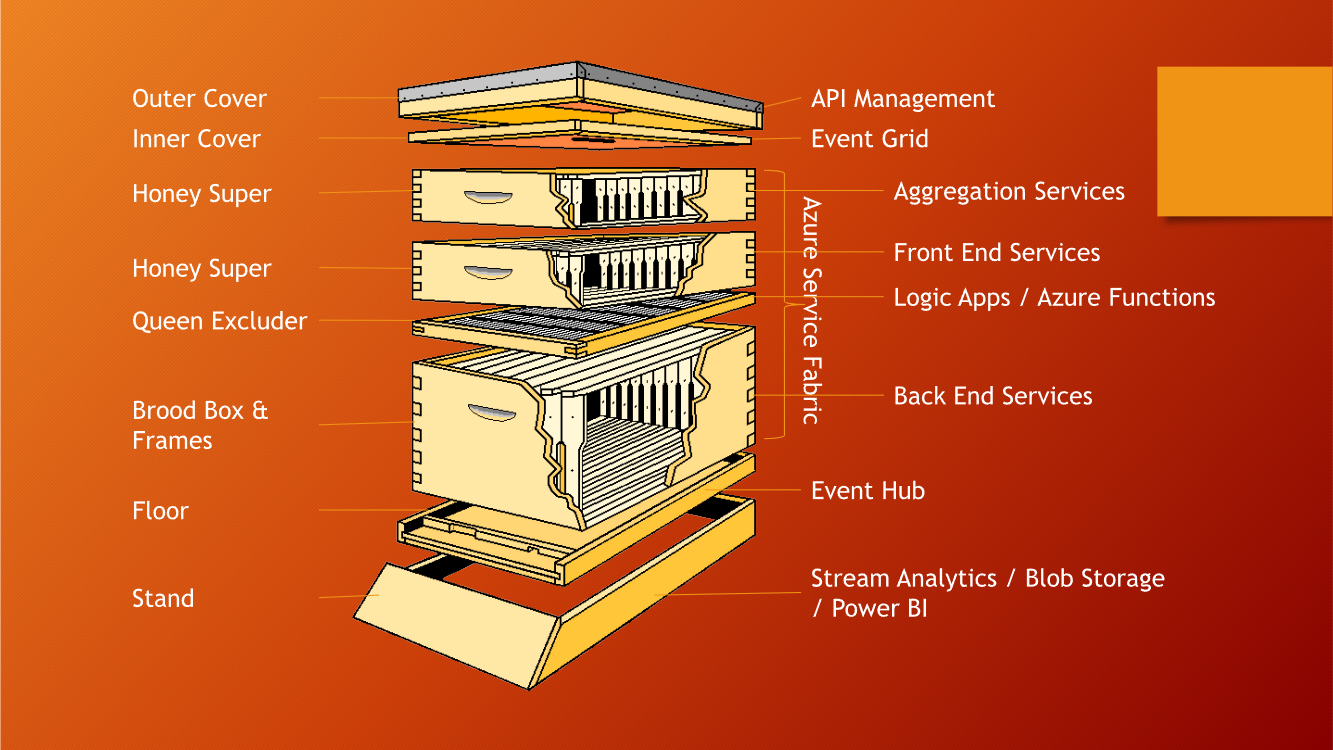

Team Establishment
To effectively implement the strategic integration architecture for Comvita, we established an offshore development team in Vietnam. This team is composed of skilled developers and IT professionals who bring cost-efficient, scalable, and agile development capabilities to the project.
The decision to locate the team in Vietnam leverages the country’s growing tech talent pool and favorable business environment, enabling rapid scaling of development efforts while maintaining high standards of quality. The team works in close coordination with the onshore team to ensure seamless integration and adherence to the strategic objectives, emphasizing continuous communication and collaboration to align the technical solutions with business needs effectively.
Neil moved to Vietnam for 2 years while the team was established.
The Build
DWS worked closely with the Comvita team for two years building the platform that would take them forward. A gradual move from a mixture of on-premise and cloud MuleSoft applications to the new Azure API and Event Driven architecture was undertaken.
Modern Enterprise Integration patterns were used to make the solution scalable. A custom interface was created for the Comvita staff to be able to monitor integrations and remedy issues. The interface allowed them to see data structures as they were passed through the system and allowed modification and retries.
Integrations
Given our domain driven and canonical approach to integration we were able to deploy integrations with LOB systems without effecting other downstream systems. Existing MuleSoft integrations were migrated to the new Azure Platform. We used anti-corruption layers for each of the integrations. Here are just a few of the systems we integrated with.
Microsoft Azure Integration Services we used
Logic Apps
Logic Apps, provided by Microsoft Azure, automate workflows and integrate systems without coding. They facilitate seamless data flow and communication between diverse applications, supporting efficient business process automation and system synchronization.
Function Apps
Azure Function Apps enable serverless computing, allowing developers to run small pieces of code triggered by events, without managing infrastructure. This is ideal for building scalable, on-demand applications that respond to changes in real time..
APIM
Azure API Management (APIM) facilitates the creation, deployment, and management of APIs. It acts as a gateway that helps organizations publish APIs to external, partner, and internal developers to unlock the potential of their data and services, providing tools for securing, measuring, and optimizing API traffic..
Service Bus
Azure Service Bus is a messaging service used to connect applications, services, and devices running on cloud and on-premises environments. It ensures reliable information delivery in complex environments, supporting asynchronous data transfer and decoupling of components, which is essential for building robust, scalable applications.
Event Grid
Azure Event Grid is a fully-managed event routing service that enables scalable, event-based programming. It simplifies the development of event-driven applications by providing robust capabilities to subscribe to, filter, and react to events across Azure and non-Azure services in real-time, fostering responsive and dynamic application architectures.
Data Factory
Azure Data Factory is a cloud-based data integration service that allows users to create, schedule, and orchestrate data workflows. It enables the automated movement and transformation of data from various sources to various destinations, supporting complex data processing pipelines, essential for data-driven decision making and analytics in enterprise environments.
CosmosDB
Azure Cosmos DB is a globally distributed, multi-model database service designed for high availability, low latency, and scalable applications. It supports multiple data models including documents, key-value, graph, and column-family. Cosmos DB is ideal for developing applications that require a scalable, secure, and always-on database to handle massive amounts of data across the world with minimal latency.
App Insights
Azure Application Insights is a performance monitoring service that provides real-time analytics and diagnostics for web applications. It helps developers understand how their apps are performing and how they're being used by tracking application health, user behaviors, and performance issues. This service integrates seamlessly with the development cycle, enhancing the ability to detect, triage, and diagnose issues in live applications.
Service Fabric
Azure Service Fabric is a distributed systems platform that makes it easy to package, deploy, and manage scalable and reliable microservices and containers. Service Fabric addresses the significant challenges in developing and managing cloud applications, by providing stateful service hosting, health monitoring, and management capabilities, along with support for complex, low-latency network operations. It's particularly suited for applications that require high levels of scalability and reliability.
App Service
Azure App Service is a fully managed platform for building, deploying, and scaling web apps. It supports multiple programming languages, frameworks, and integrates seamlessly with other Azure services. This platform simplifies the management of web applications, offering auto-scaling, integrated performance monitoring, and secure deployment strategies, making it ideal for hosting web applications that require a robust, scalable cloud infrastructure.
SQL
Azure SQL is a family of SQL cloud databases providing scalable, managed database services that accommodate a range of applications from lightweight websites to enterprise-class solutions. It offers built-in high availability, backups, and scaling, as well as advanced security features, making it ideal for businesses looking to migrate their SQL databases to the cloud without compromising on performance or reliability.
Storage
Azure Storage Accounts provide scalable cloud storage for data objects in the cloud, supporting services like blobs, files, queues, and tables. This platform offers durable and highly available storage with automatic geo-replication, security features, and fine-grained access control, making it suitable for a wide range of storage scenarios from simple data storage to enterprise-level solutions needing high throughput and secure data access.

